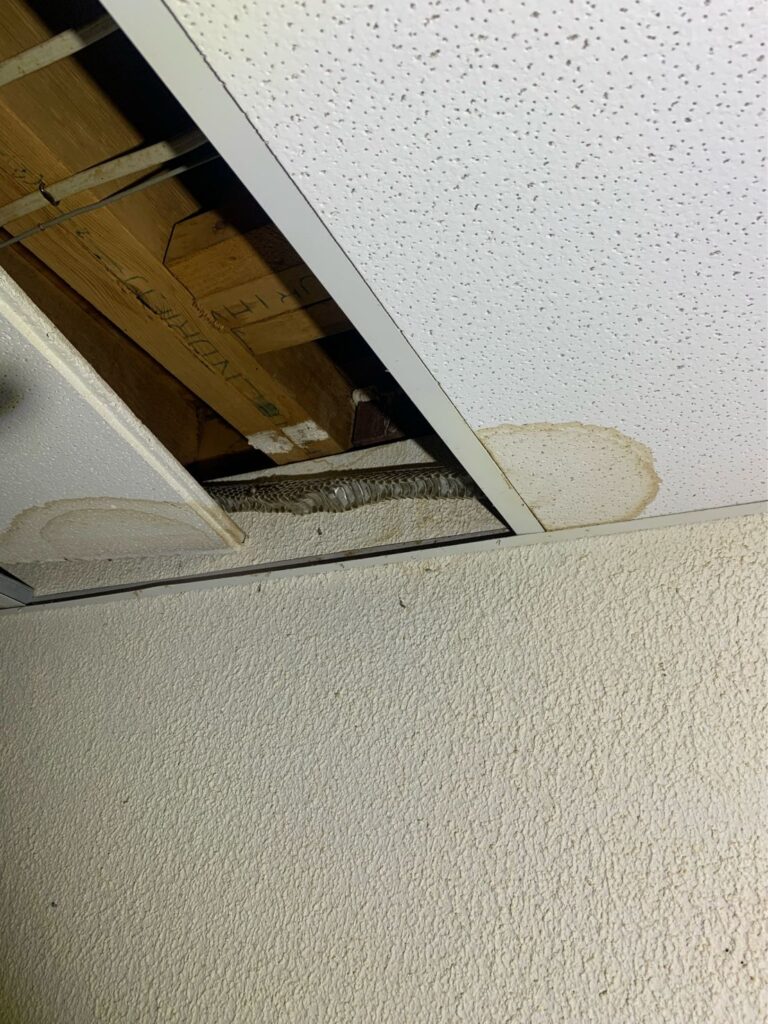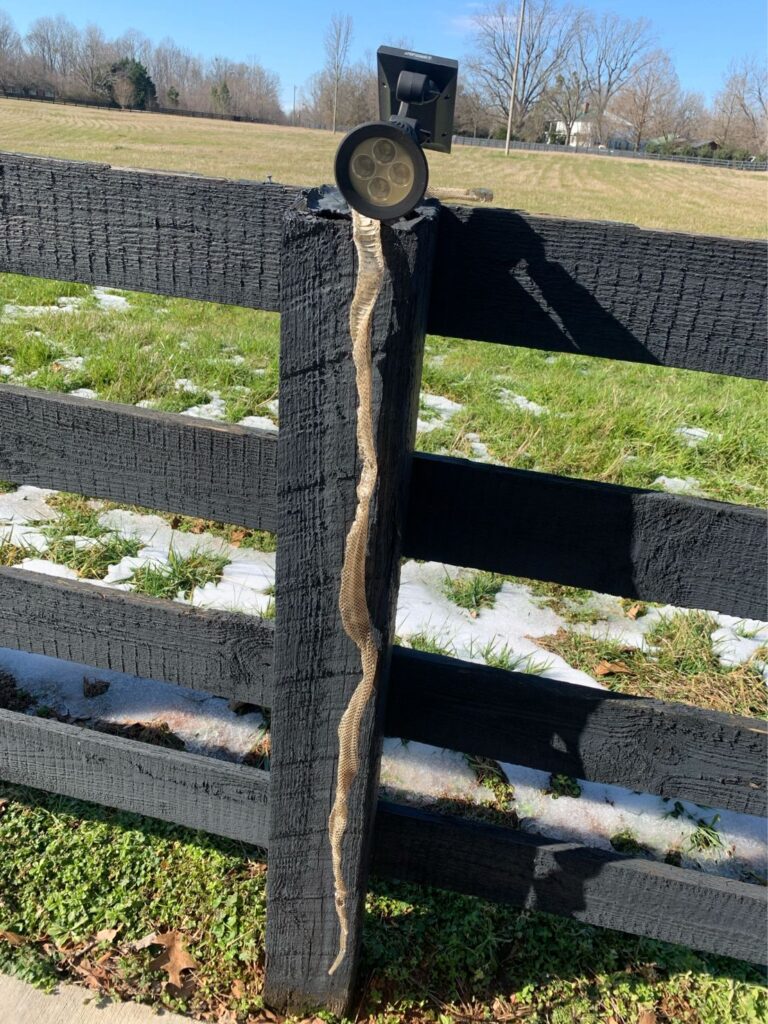In Greenville, a homeowner heard the strangest sound in their attic. After an investigation, we found a snake skin in the attic! In South Carolina, rat snakes are prominent and excellent climbers. It is not uncommon to find them in attics.
Because rat snakes ambush their prey, they need to be present where their prey is active. Rat snakes will follow rodents like rats into attics and wait to strike.
Though they may not seem like the ideal nesting grounds for snakes, attics offer the pests consistent temperatures and plentiful food. Since they are cold-blooded, snakes need stable climates to regulate their body temperature. Attics are reliably warm and humid, which makes them attractive.
Can Snakes Climb?
A few snakes are excellent climbers. Snakes do not stick like lizards or insects; they cannot climb smooth surfaces. The snake needs something to grab onto and push off of. Snakes can use their strong muscles and scale texture to grip onto surfaces and make their way up vertical areas like walls, trees, or even the outer structure of a house.
To reach an attic, snakes are often attracted to potential entry points. These entry points could include gaps or cracks in the foundation, loose siding, or gaps between rooflines and fascia boards. They can also utilize nearby trees, branches, or shrubs to gain access to the roof.
Once a snake finds an entry point, their flexible bodies allow them to squeeze through small openings that might seem impenetrable to other creatures. The pests then get inside via gaps in roof eaves, open windows, holes, or vents.
Snakes are opportunistic in nature and might enter an attic in search of shelter, warmth, or prey. They are particularly attracted to attics that provide suitable conditions.
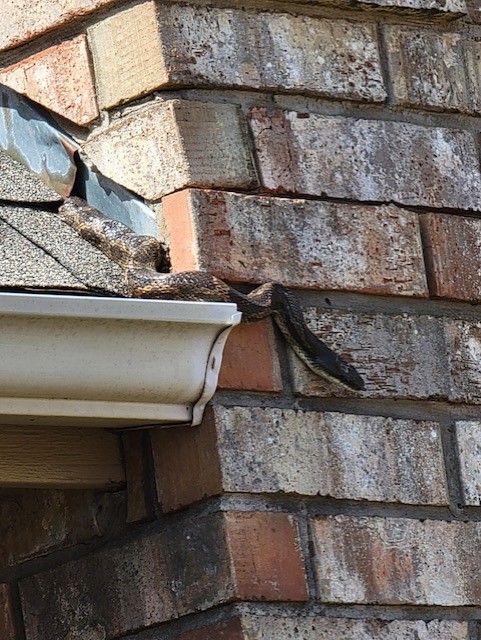
Signs of Snakes in the Attic
House residents may be informed of snake presence by shed skins, droppings, or snake slither tracks.
- Snake Skins– Snakes shed skin about once a month; older snakes do so a bit less. If you’re seeing snake skins in your house, then, it’s probable that the sake in question wasn’t merely passing through.
- Snake Droppings– Snake feces are oblong and tend to have pointed tips. They are partially white and quite wet.
- Snake Tracks– Their appearance is reminiscent of the track a rubber hose would leave typically about ½ an inch wide or more, in the form of wavy or straight lines. This sign can be harder to spot. You’ll typically find a track through dust or dirt.
Removing Snakes from Attics
It is important for homeowners to contact professional wildlife control at the first signs of snake activity. Some species of snakes are venomous. Even non-venomous snakes can inflict painful bites on house residents.
More importantly, a snake infestation is usually a sign of rats or mice. Not only will the experts at Trutech devise a plan to get rid of snakes, but we will also investigate for a rodent infestation. Our animal in attic removal process will successfully get rid of all pests from your attic. After pest removal, the experts at Trutech will restore your attic and protect it from future infestations.
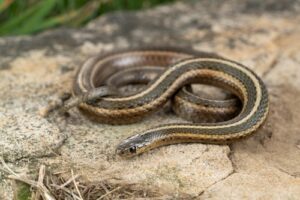
How to Identify Snake Holes in North Carolina and What to Do About Them
Discovering holes in your yard can be unnerving, as it is often difficult to tell what created it, and if it is still occupied or
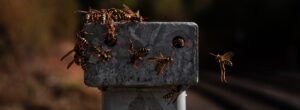
The Most Common Summertime Pests & Critters
Summer is the season of pests. Bugs seem to cloud our vision; nighttime is marked by a chorus of chittering insects; bites materialize suddenly on

Snake Holes in Florida
Discovering holes in your yard can be unnerving, as it is often difficult to tell what created it, and if it is still occupied or

Are These Snake Holes in My Texas Yard?
Discovering holes in your yard can be unnerving, as it is often difficult to tell what created it, and if it is still occupied or
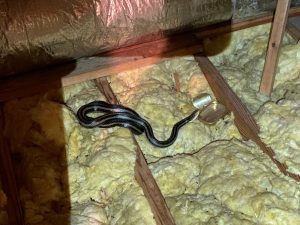
Can Snakes Climb? Finding Snake Skins in Attic
In Greenville, a homeowner heard the strangest sound in their attic. After an investigation, we found a snake skin in the attic! In South Carolina,
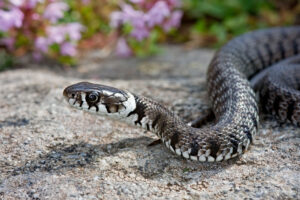
How to Get Rid of Snakes
For most people, finding a snake in your house or in your yard can be alarming. But the fact is, most snakes are harmless to


